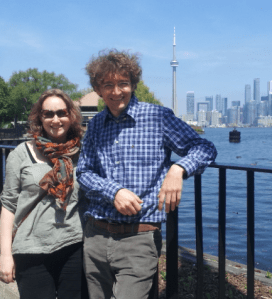
Attendees at the third workshop on the TianQin science mission
Gravitational waves can paint a completely new picture of the Universe. Promising advances in technology may make it possible to detect the minute wobbling of spacetime in the next few years. Estimates show that ground-based gravitational wave detectors, such as Advanced LIGO (Laser Interferometer Gravitational-wave Observatory) or Advanced Virgo will probably see several hundred events by 2020. These ground-based instruments will be complemented by space-borne detectors. These are sensitive to a much richer set of sources, including compact binary star systems in our own Milky Way, supermassive black holes consuming stars, and binary supermassive black holes in distant galactic nuclei. Dozens of proposals have been put forward for space-borne gravitational wave detectors, among which the most studied are LISA (Laser Interferometric Space Antenna) and its evolved version, eLISA. The European space agency has picked “Gravitational Universe” as the science theme for its 3rd large science mission L3; if chosen, eLISA might be launched in 2034.
In our paper, we describe the preliminary concept of a newly proposed space-borne gravitational wave detector, TianQin. In old Chinese legend, the lives of the gods in heaven are very similar to the lives of people on the ground (apart from the fact that they can fly, perform other miracles, and are presumably much happier). They also play music using instruments such as a Chinese zither. A zither on the ground is called “Qin”, and one in heaven is “TianQin”. Bearing this name, our experiment is metaphorically seen as Continue reading



You must be logged in to post a comment.